Cannabinoid THC Dominant
THC 18 - 20.33%
CBD 0.26 - 0.58%
Effect Talkative
Side Effect Concern
Flavor Citrus
All About Jet-A Weed Strain
THC
CBD
Potency
Jet-A is a hybrid with a slight 60/40 Indica advantage. Exotic Genetix decided to cross Gelato #33 and Tina. The result was very unusual since the strain combines skunk and fruit flavors. However, the strength of weed makes it possible for only experienced smokers to enjoy this strain. Marijuana has a broad terpene profile, which has influenced both the taste and effects of the weed.
Flavor, Taste, and Aroma
The primary terpene is pinene, which gives the strain its strong pine smell. As we mentioned earlier, this herb is a mixture of flavors and aromas. When sniffing the buds, the first thing you notice is a pungent, diesel smell. You might even recognize the smell of ammonium in it. However, when examining and breaking open the buds, you can smell various fruits, from the sweetest to the sourest. In this regard, the responses of users are very different. You, too, will feel how diverse the flavor profile of marijuana is. That is all thanks to such terpenes as:
- Myrcene
- Ocimene
- Humulene
- Limonene
- Linalool
- Pulegone
- Caryophyllene
General Information
You can recognize the buds of the Jet-A strain due to their large size. These are dark green pieces with a purple tint. The hairs, however, will stand out with their orange color. Buds are covered with crystalline trichomes. THC averages make up 18-20% of the content.
Users often describe this high as a creeping sensation that spreads from the head to the rest of the body. At first, consumers feel happiness, which then develops into euphoria. Despite the relaxation of the body, the head begins to work actively. Concentration and creativity are maximized, and talkativeness and good humor make weed suitable for a party with loved ones. After taking Jet-A strain, the party should contain enough food and drinks to satisfy your hunger and thirst. Neglecting marijuana, however, can make you feel severe headaches and anxiety. Some users complained that the tension escalated into an actual panic attack.
Medicinal Use
You can use Jet-A for some medical benefits. Thus, you can get rid of stress and fatigue and get a good appetite. Weed can also relieve diseases such as:
- Arthritis
- Migraines
- Depression
- Muscular dystrophy
How to Grow
Jet-A is unlikely to be your best friend if you are new to growing. This plant is a little moody and likes enough care. The small shrub is up to 60 inches. You will sometimes need to prune the lower branches for the cannabis to get enough light. Flowering time takes from 7 to 8 weeks. You can harvest as early as week 9. When grown properly, marijuana can produce 10-15 ounces of buds per plant.
Side Effects
Simply let us know how this strain tastes or write a detailed review.
Jet-A Strain Cannabinoids
| THC | Tetrahydrocannabinol, or THC, is a major cannabis chemical compound. It is a psychoactive element that stimulates dopamine release and induces euphoria or happiness. THC-rich strains may be helpful with such conditions as lack of appetite, chronic pains , etc. It is considered to be the primary active marijuana component. | 18 - 20.33% |
| CBD | Cannabidiol, or CBD, is a major compound in cannabis, which is non-psychoactive. It is also proved to counteract the side effects of the second major component THC. CBD is widely used for medicinal purposes in rubs, oils and so on. It is helpful in muscle pain cases, may treat arthritis and migraines. Even Greeks used it against pain, while Queen Victoria applied it to get rid of menstrual cramps. | 0.26 - 0.58% |
| CBC | Cannabichromene, or CBC, is a minor cannabinoid, meaning that its quantity in cannabis is quite little. Though it has the same origin as CBD and THC, it is different in functions. Without any psychoactive effects, it is an efficient cannabis compound in combating acne and depression. CBC produces analgesic, antibacterial and anti-inflammatory effects. | 0.14 - 0.4% |
| CBG | Cannabigerol, or CBG, is one of the minor cannabis compounds in adult plants. On the other hand, young ones contain a lot of this antibacterial and anti-inflammatory component. During the growth, CBG is converted into different cannabinoids, mostly THC and CBD. The compound itself increases appetite and decreases eye pressure. | 0.29 - 0.66% |
| CBN | Cannabinol, or CBN, is a trace element in cannabis that is considered to be mildly psychoactive. It appears from oxidation THC, exposed to light and heat. CBN is mostly contained in old cannabis and in traditional hashish. It is effective against insomnia, bacterial infections and appetite loss. | 0.04 - 0.2% |
| THCV | Tetrahydrocannabivarin, or THC-V, is a compound contained in cannabis in trace amounts. Even though it is close to THC molecularly, it is different in effects. This compound may be psychoactive only in large amounts. THC-V reduces blood sugar, controls appetite, stimulates bone growth, etc. African Sativa strains are the richest in THC-V. | 0.26 - 0.51% |
Jet-A Terpene Profile
| Pinene | Pinene is one of the most widespread terpenes in nature, found in pine trees, basil, nutmeg, parsley, and rosemary. Cannabis containing terpene (alpha-pinene or α-pinene) boasts a strong pine scent. Pinene is responsible for anti-inflammatory, pain-relieving, and anti-anxiety effects. | 0.23% |
| Myrcene | Myrcene (also known as β-myrcene) is one of the most common terpenes found in cannabis, representing more than 20% of the modern marijuana terpene profile. Myrcene has a distinct earthy, musky flavor, resembling cloves. It is responsible for calming and soothing effects of weed. Myrcene is also found in hops, thyme, mango, lemongrass, guava melon. | 0.11% |
| Ocimene | Ocimene (derived from the Ancient Greek word Ocimum meaning basil) is a terpene with sweet and herbaceous flavors, also boasting citrusy and woody undertones. Naturally, ocimene occurs in mint, parsley, orchids, hops, kumquats, mangoes, basil, bergamot, lavender, and pepper. Offers antifungal, anti-inflammatory, and antiviral properties. | 0.02% |
| Humulene | Humulene (also known as α-humulene) is one of the major terpenes found in cannabis, contributing to woody, earthy, spicy, herbaceous, and, mainly, floral aromas of cannabis. Used in modern medicine, humulene offers anti-inflammatory, antibacterial, and appetite suppressant effects, which have been well-researched by pharmaceutical companies. | 0.03% |
| Limonene | Limonene (also known as d-limonene) is the second most common terpene in nature and the third most common terpene in cannabis. It has a powerful citrus aroma and can be found in all citruses, including lemons, oranges, grapefruits, limes, juniper, etc. Limonene is known to elevate moods and provide anxiety, depression, and stress relief. | 0.19% |
| Linalool | Linalool (also known as beta linalool, linalyl alcohol, linaloyl oxide, and p-linalool) is one of the rarest terpenes found in cannabis, mostly in small quantities. Linalool is known for its spicy and lavender aroma, bringing relaxation and calming effects. It is also said to provide anti-inflammatory and analgesic properties that can be useful for athletes. | 0.07% |
| Pulegone | Pulegone is a less-common terpene found in peppermint and catnip, for example, with a sweet and minty aroma. In small amounts, pulegone could be found in some cannabis strains. It is reported to offer anxiety-relieving effects, increased cognitive performance, and sedative properties. Could remove dizziness. | 0.24% |
| Terpinolene | Terpinolene is one of the most common terpenes found in cannabis; however, It's usually presented in small quantities. Is responsible for piney, floral, herbaceous, and even a little bit citrusy aroma of cannabis. Terpinolene can be found in lilacs, nutmeg, and cumin. In cannabis, terpinolene contributes to the sensation of "freshness." Has the potential to reduce the risk of heart diseases. | 0.01% |
| Caryophyllene | Caryophyllene (also known as beta or b caryophyllene) is a terpene found in many herbs and spices, such as black pepper, basil, rosemary, and oregano. Cannabis high in caryophyllene delivers a strong spicy, peppery aroma, resembling cinnamon and cloves. Caryophyllene offers potent anti-inflammatory and sedative effects. | 0.12% |
| Total terpenes content | 1.02% |
Growing Info
Similar Strains
THC 20 - 22%
CBD 0.44 - 0.61%
Effect Calm
Flavor Lime
THC 19.75 - 21.5%
CBD 0.55 - 0.7%
Effect Happy
Flavor Berry
THC 14 - 16%
CBD 0.78 - 1%
Effect Hungry
Flavor Grape
THC 16 - 20%
CBD 0.06 - 0.33%
Effect Giggly
Flavor Pungent
THC 19 - 20%
CBD 1 - 1.23%
Effect Creative
Flavor Spicyherbal
THC 22 - 25%
CBD 0.03 - 1.1%
Effect Uplifted
Flavor Mango
THC 21.33 - 23.67%
CBD 0.43 - 0.76%
Effect Relaxed
Flavor Spicyherbal
THC 12 - 22.5%
CBD 0.48 - 1.1%
Effect Concentrated
Flavor Apricot
THC 22.6 - 26.6%
CBD 0.75 - 0.96%
Effect Relaxed
Flavor Lemon
THC 18.33 - 23.33%
CBD 1.21 - 1.79%
Effect Relaxed
Flavor Spicyherbal
THC 16.5 - 22%
CBD 0.23 - 0.74%
Effect Hungry
Flavor Coffee
THC 12.75 - 16.03%
CBD 0.02 - 0.29%
Effect Giggly
Flavor Mint
THC 19.58 - 22.08%
CBD 0.36 - 0.64%
Effect Happy
Flavor Spicyherbal
THC 11.47 - 16.72%
CBD 0.02 - 0.29%
Effect Giggly
Flavor Apple
THC 16.4 - 19.6%
CBD 0.16 - 0.45%
Effect Happy
Flavor Flowery
THC 19 - 21%
CBD 0.56 - 0.76%
Effect Happy
Flavor Mint
THC 21 - 21%
CBD 0.64 - 0.81%
Effect Happy
Flavor Tropical
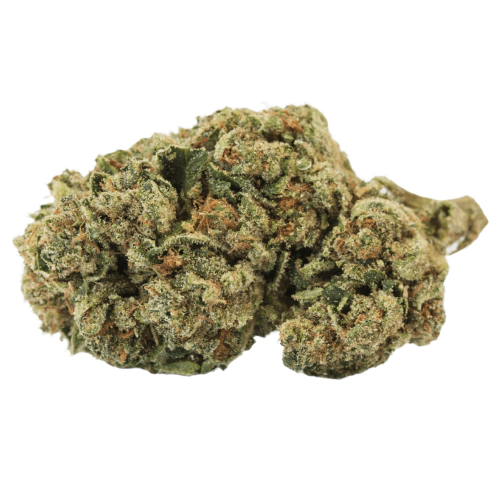



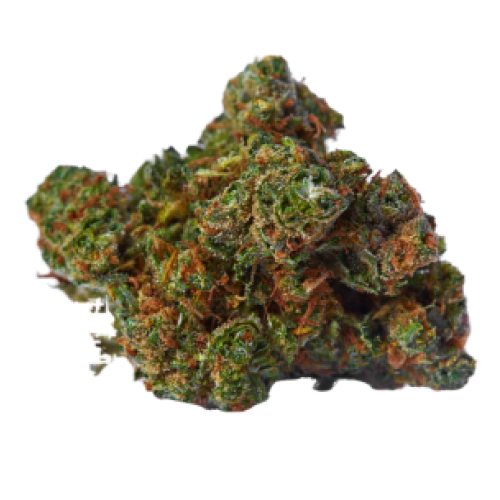
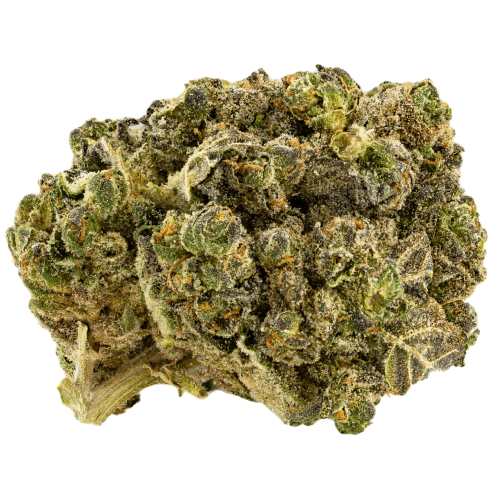
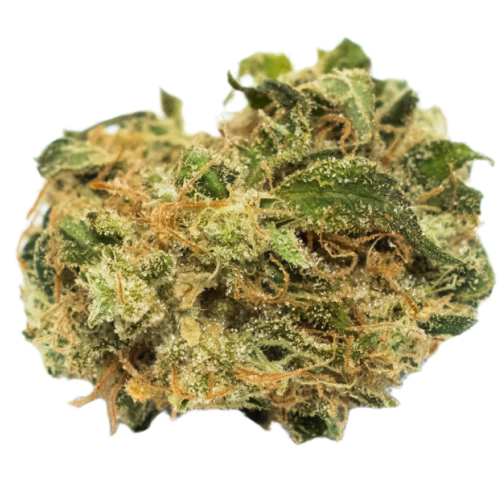
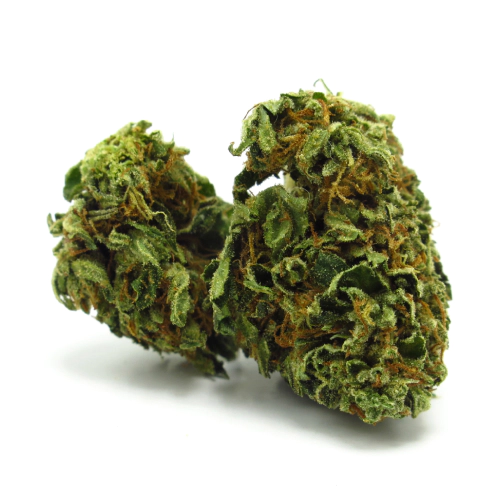
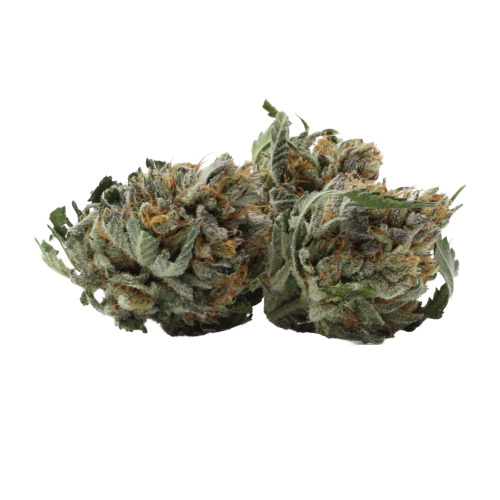
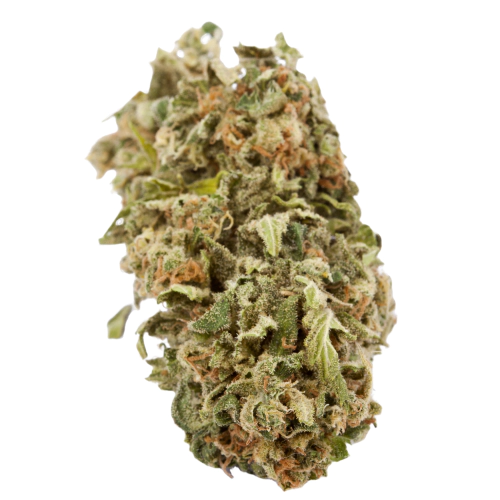
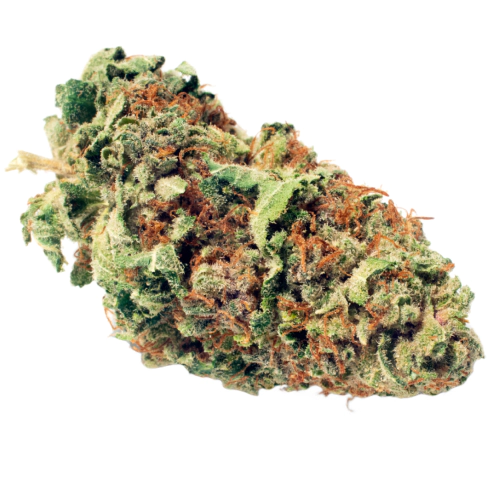


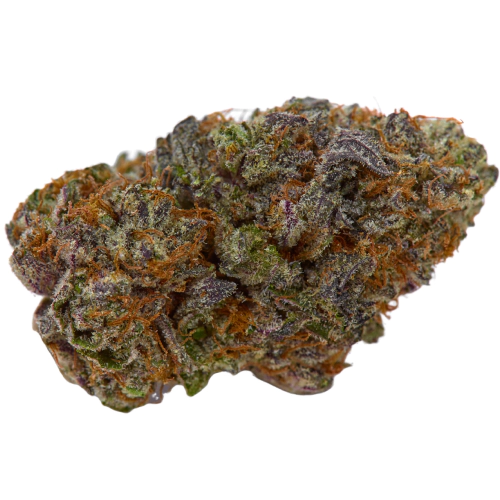
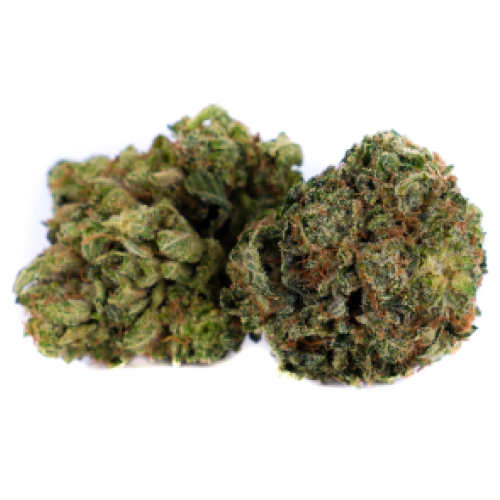
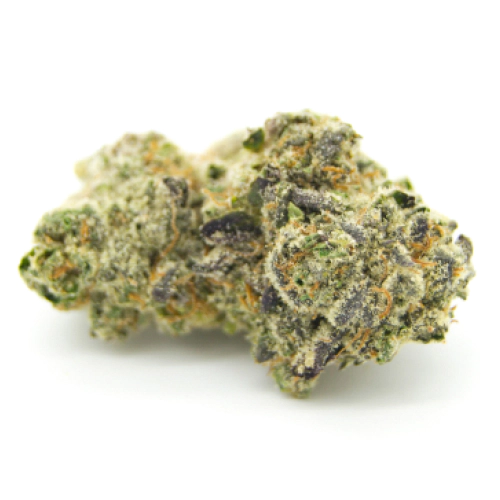
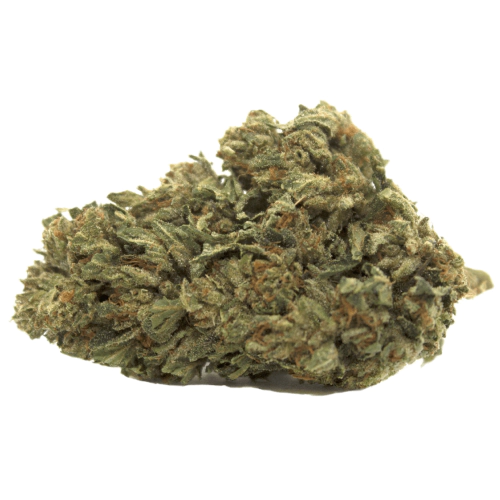
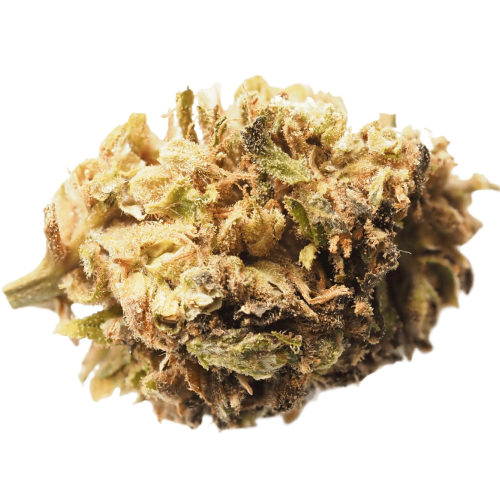
Be the first and share your opinion
Write a Review